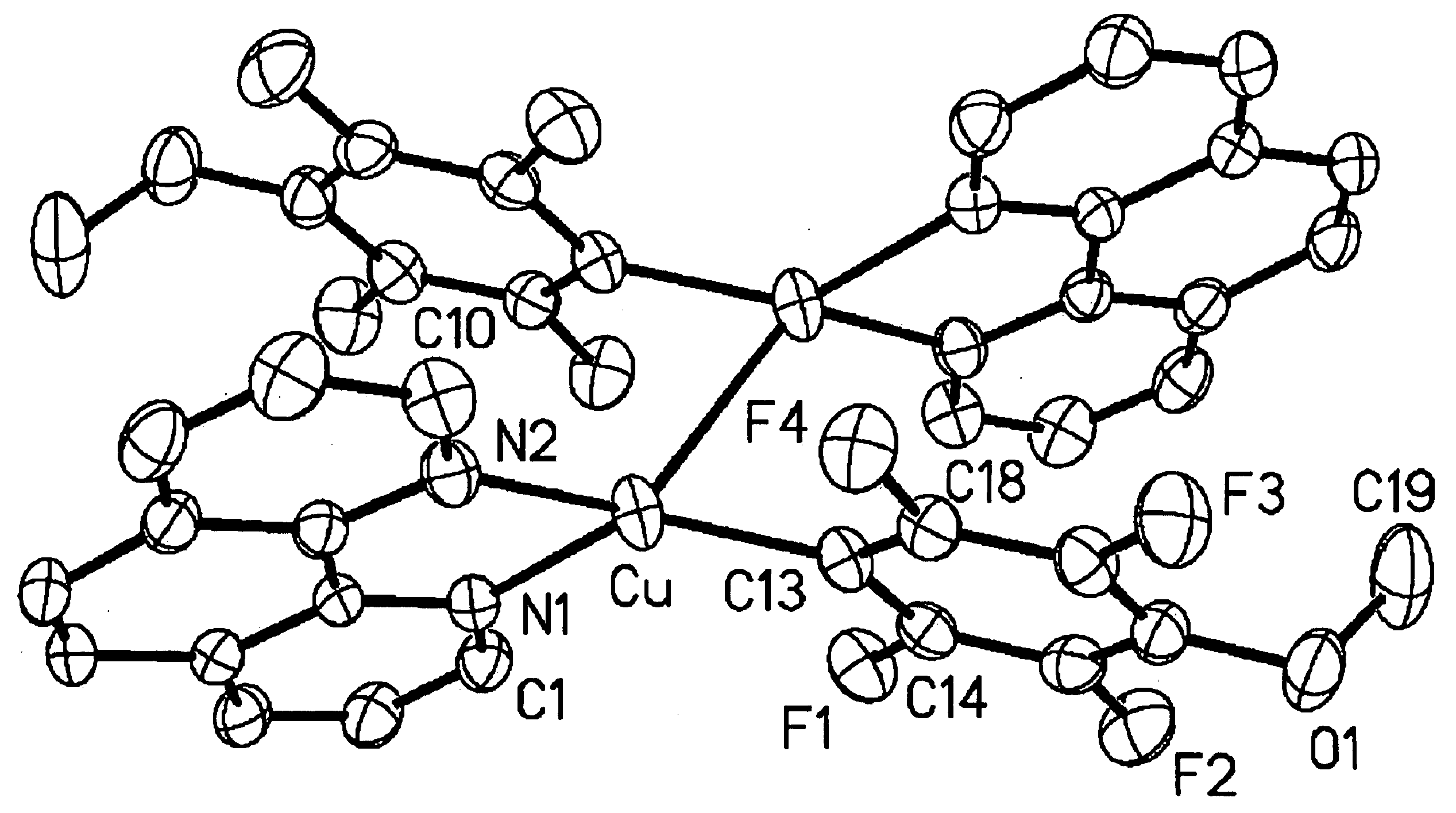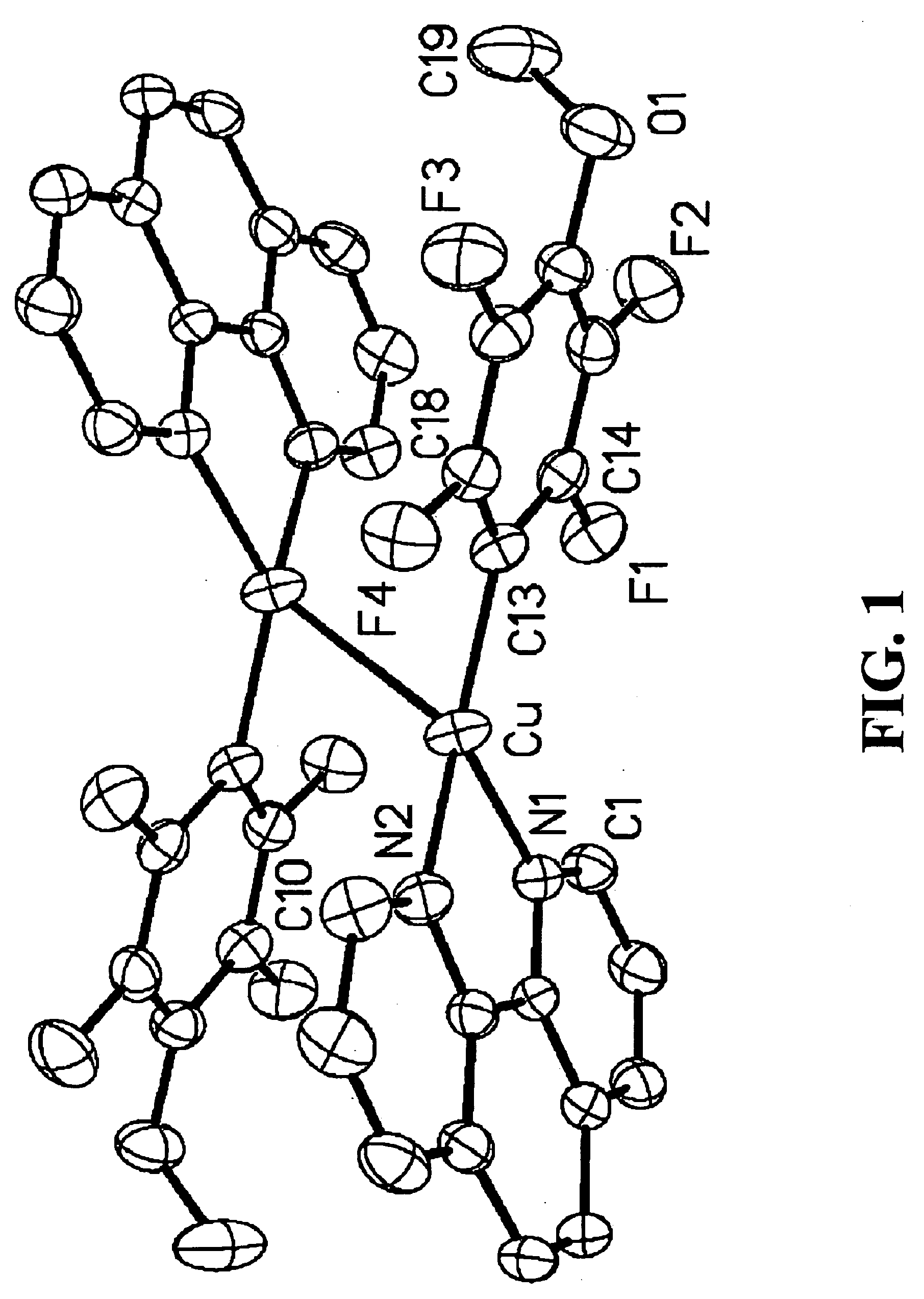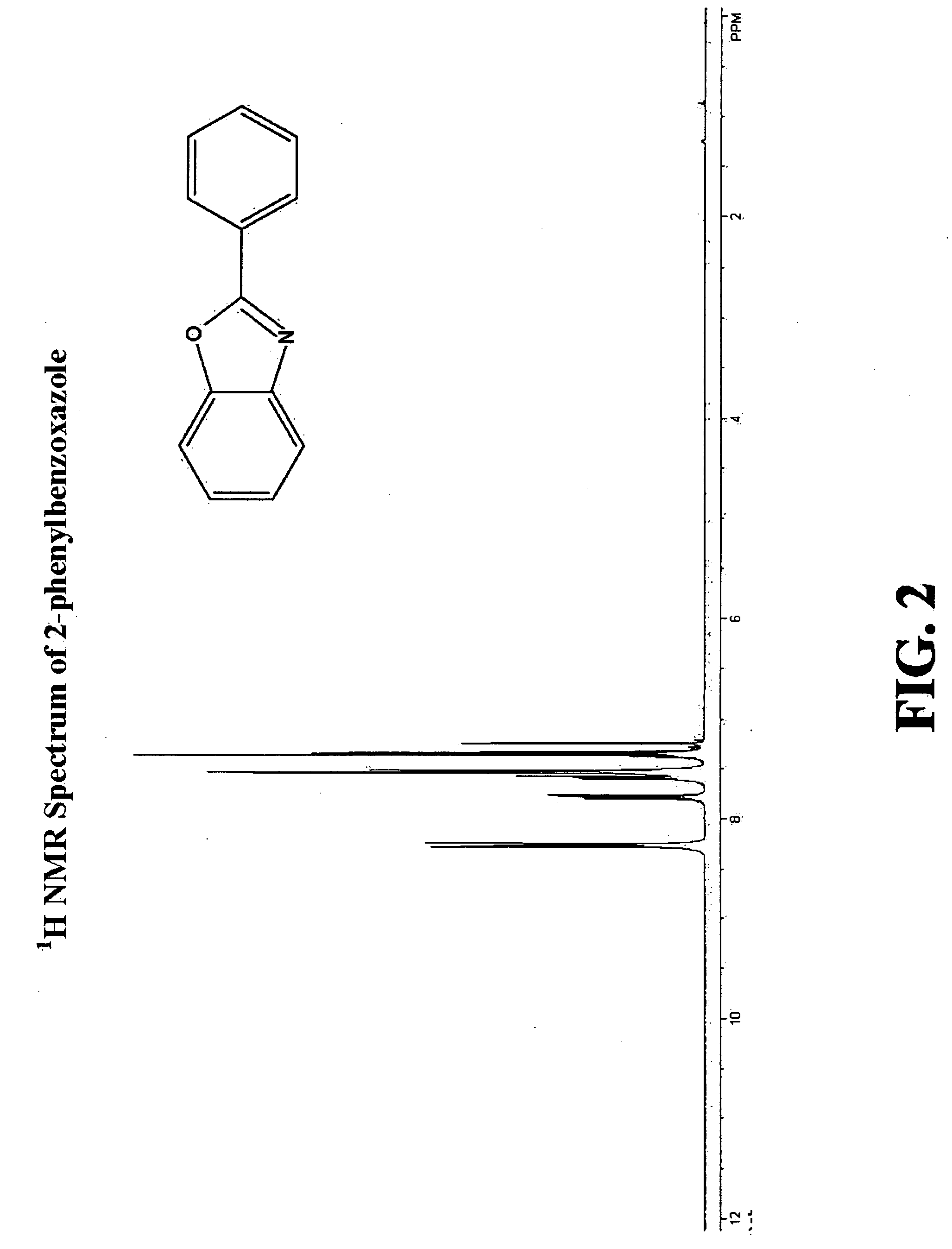Copper-catalyzed c-h bond arylation
a arylation reaction and copper-catalyzed technology, applied in the field of new methods for the formation of carboncarbon bonds, can solve the problems of carbon-carbon bond use, electron-poor arene c-h arylation reactions that have not been developed
- Summary
- Abstract
- Description
- Claims
- Application Information
AI Technical Summary
Problems solved by technology
Method used
Image
Examples
Embodiment Construction
[0096]The present invention is a method for the direct formation of carbon-carbon bonds in electron-rich and electron-poor heterocycles, as well as electron-poor arenes using a combination of an aryl halide, a substrate, and a copper salt as catalyst. The present invention is particularly relevant for the organic synthesis of complex molecules such as, but not limited to, pharmacophores and explosives. The methods of this invention are generally carried out at atmospheric pressure; however, the reaction can be performed at reduced pressure or at an elevated pressure up to many atmospheres. The methods of this invention are generally carried out at an elevated temperature. In certain embodiments, the temperature is between about 20° C. and about 200° C. In other embodiments, the temperature is between about 80° C. and about 150° C. In other embodiments, the temperature is between about 90° C. and about 140° C.
[0097]The present invention broadly relates to a method for the direct conv...
PUM
 Login to View More
Login to View More Abstract
Description
Claims
Application Information
 Login to View More
Login to View More - R&D
- Intellectual Property
- Life Sciences
- Materials
- Tech Scout
- Unparalleled Data Quality
- Higher Quality Content
- 60% Fewer Hallucinations
Browse by: Latest US Patents, China's latest patents, Technical Efficacy Thesaurus, Application Domain, Technology Topic, Popular Technical Reports.
© 2025 PatSnap. All rights reserved.Legal|Privacy policy|Modern Slavery Act Transparency Statement|Sitemap|About US| Contact US: help@patsnap.com



